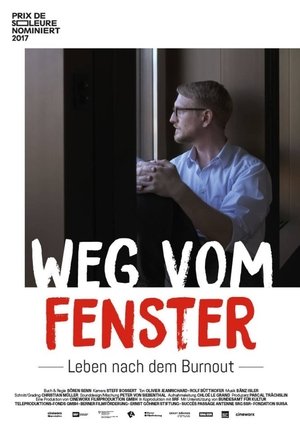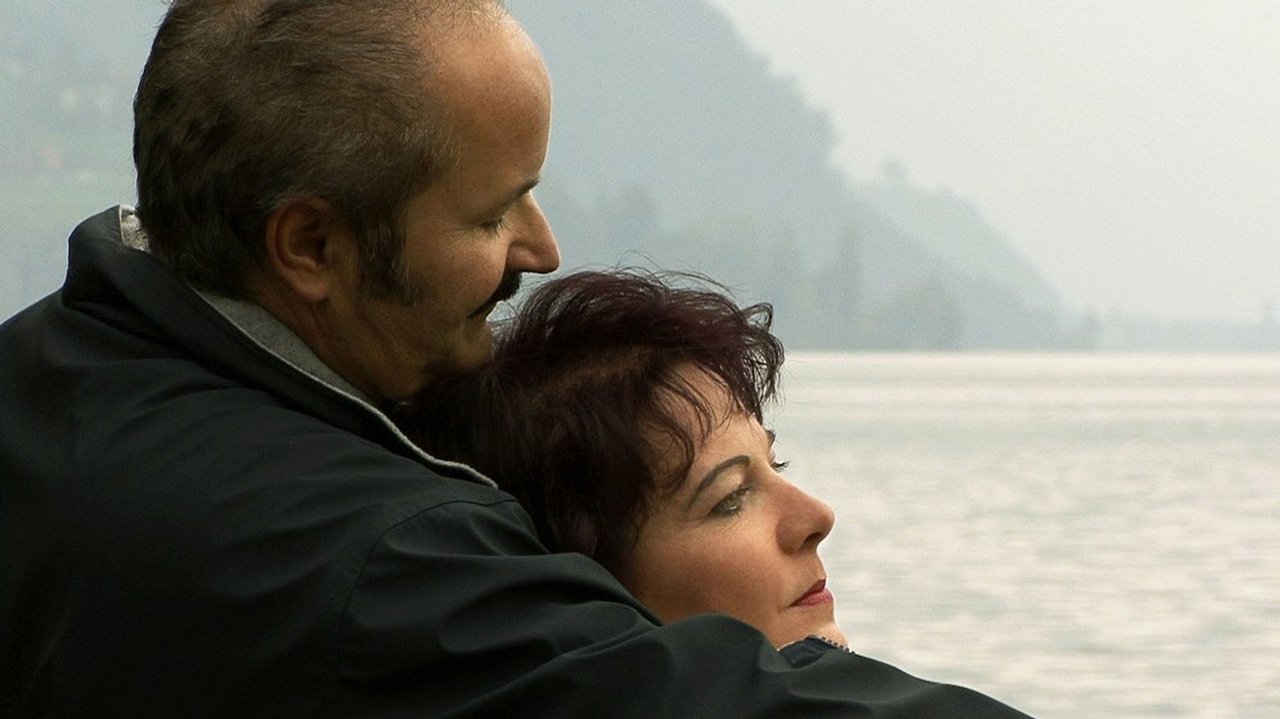
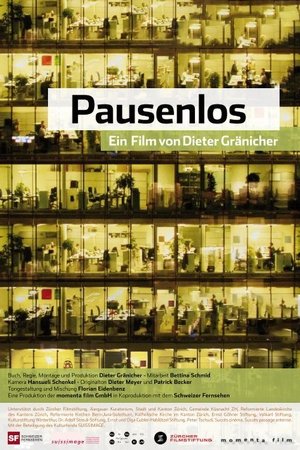
Pausenlos(2009)

Movie: Pausenlos

Pausenlos
HomePage
Overview
Release Date
2009-01-19
Average
0
Rating:
0.0 startsTagline
Genres
Languages:
DeutschFrançaisKeywords
Similar Movies
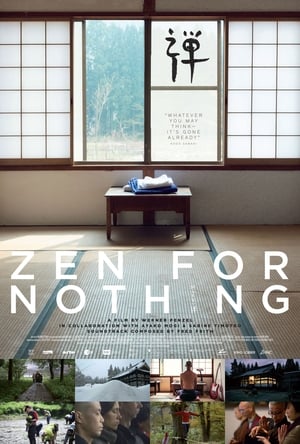 6.5
6.5Zen for Nothing(de)
Hidden in the wooded mountains on the west coast of Japan lies the small Zen monastery Antaiji. A young woman sets off to immerse herself through autumn, winter and spring in the adventures of monastic life. The young woman is Sabine Timoteo from Switzerland. The abbot of the monastery is Muho Noelke, born in Berlin. An interplay between the philosophy of the Japanese Zen master Kodo Sawaki and the surprises brought forth by everyday life.
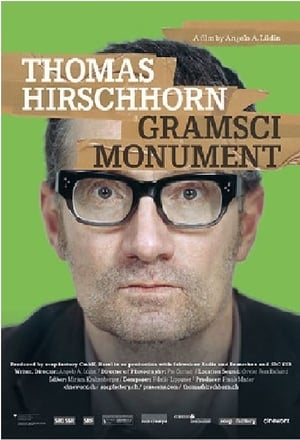 0.0
0.0Thomas Hirschhorn – Gramsci Monument(en)
Thomas Hirschhorn, one of the few Swiss artists of world renown, often touches on social wounds with his provocative works. In 2013, Hirschhorn built a monument for Italian philosopher and communist Antonio Gramsci in a public housing project in the Bronx. The contentious artist collaborated with neighborhood residents whose everyday life is impacted by poverty, unemployment and crime. Conflicts and misunderstandings are bound to arise as Hirschhorn’s absolute devotion to art is confronted with the resident’s lack of prospects and fatalistic outlooks. The «Gramsci Monument» becomes a summer-long experiment where diverse worlds collide: blacks and whites, the art elite and street kids, party people and poets, politicians and philosophers. A nuanced film about art, politics and passion.
 0.0
0.0Gangbé!(fr)
The Gangbé Brass Band, a musical group from Benin, sets out to conquer Lagos, capital of Nigeria.
 6.6
6.6Raving Iran(fa)
Anoosh and Arash are at the center of Tehran’s underground techno scene. Tired of hiding from the police and their stagnating career, they organize one last manic techno rave under dangerous circumstances in the desert. Back in Tehran they try their luck selling their illegally printed music album without permission. When Anoosh is arrested, there seems to be no hope left. But then they receive a phone call from the biggest techno festival in the world. Once landed in Switzerland, the haze of the instant euphoria evaporates quickly when the seriousness of the situation starts to dawn on them.
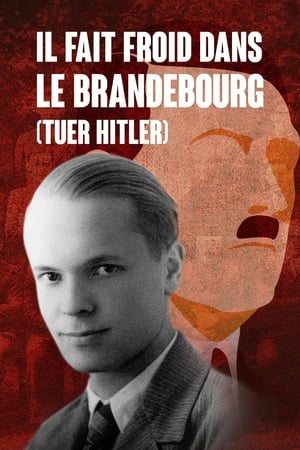 0.0
0.0Kill Hitler(de)
This 140-minute documentary takes a close look at the story and historical context of a young Swiss man who was beheaded during WW II for supposedly wanting to kill Hitler. The man's family cannot help clarify the issue since they say he had been pro-Nazi earlier. Other injustices or puzzling omissions come to the fore, such as a German who was against Hitler, survived torture by the SS, and then was not given any state aid when peace was restored. Another sequence shows an extensive U.S. archive of materials that identifies many Nazis and their activities -- but is not available to anyone trying to track down former war criminals. Like other films of this type, the documentary helps to fill in facts about WW II that are little-known, or slow in coming out.
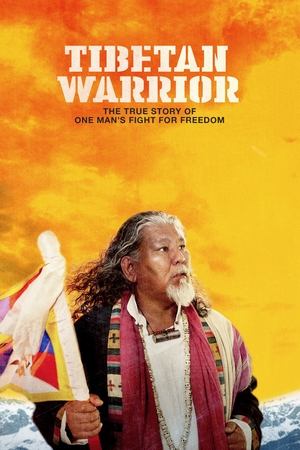 10.0
10.0Tibetan Warrior(en)
The true story of one man's fight for freedom. For more than 60 years Tibetans have been fighting Chinese oppression. But their non-violent struggle appears to be in vain. Now, as a new form of peaceful protest, Tibetans are setting themselves on fire. Loten Namling - an exiled Tibetan and musician living in Switzerland - is deeply disturbed by such self-destructive action. So he sets off from Europe to India, on a one-man mission to meet top politicians, experts and young radicals. He himself becomes increasingly radical and is on the verge of violent protest. Finally he ends up at The Office of the Dalai Lama in India to seek the advice of the exiled Tibetan leader.
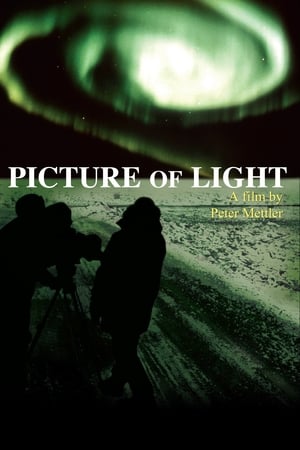 6.7
6.7Picture of Light(en)
A documentary of an expedition to Churchill, Manitoba to film the Northern Lights.
 6.0
6.0Architecture of Infinity(de)
How can structures, which take up defined, rigid portions of space, make us feel transcendence? How can chapels turn into places of introspection? How can walls grant boundless freedom? Driven by intense childhood impressions, director Christoph Schaub visits extraordinary churches, both ancient and futuristic, and discovers works of art that take him up to the skies and all the way down to the bottom of the ocean. With the help of architects Peter Zumthor, Peter Märkli, and Álvaro Siza Vieira, artists James Turrell and Cristina Iglesias, and drummer Sergé “Jojo” Mayer, he tries to make sense of the world and decipher our spiritual experiences using the seemingly abstract concepts of light, time, rhythm, sound, and shape. The superb cinematography turns this contemplative search into a multi-sensory experience.
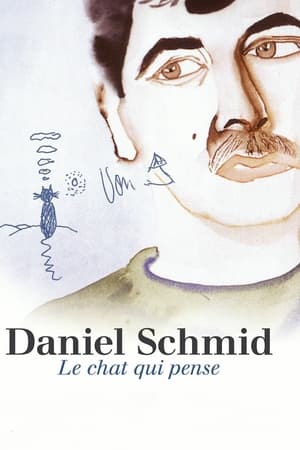 5.8
5.8Daniel Schmid: Le Chat Qui Pense(de)
When director Daniel Schmid grew up, his parents ran a hotel in the Alps, and this singular setting was to influence his film. Rather by coincidence he came to Berlin in the early 1960s and became part of the new German wave. Schmid worked with, among others, Wenders and Fassbinder, for example as an actor in Wender’s The American Friend. He met Ingrid Caven, who was to play a diva in several of his films. This is a documentation of a part of modern European film history and a good analysis of artistry and how it corresponds to the individual behind the camera. A wealth of archival footage brings us close to many directors and actors in Schmid’s circle. If you’ve never seen a Daniel Schmid film, you are sure to want to after watching this portrait of his life.
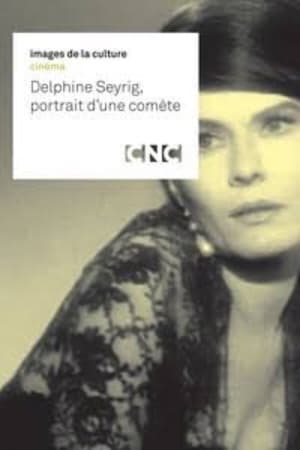 0.0
0.0Delphine Seyrig, portrait d'une comète(fr)
Delphine Seyrig, an extraordinary woman and actress, died on October 15, 1990. From "Last Year at Marienbad" by Alain Resnais to "India Song" by Marguerite Duras, she played in 34 films for cinema, 13 films for television and 33 plays. Jacqueline Veuve, filmmaker and friend of Delphine Seyrig, wanted to break the silence that has fallen on her memory by making a documentary that traces with emotion and subjectivity the life of the mythical actress, the fierce feminist but also the simple friend.
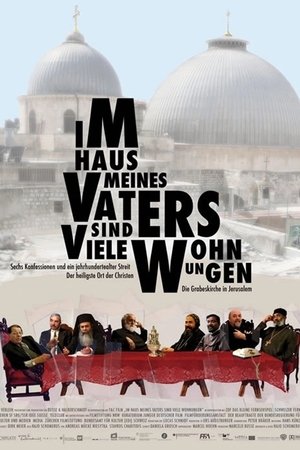 8.0
8.0In My Father's House are Many Mansions(de)
In the Church of the Holy Sepulchre, in the heart of Jerusalem, six different Christian denominations, Greek Orthodox, Armenian, Syrian, Roman Catholic, Ethiopian and Coptic Christians-have divided the sacred site and simply can not agree on which of the claims on the tomb of Jesus is the most legitimate. So they fight. Sometimes through a difficult time cleaning, sometimes even by force. An intuitive and entertaining approach to the fact that faith is a very human thing.
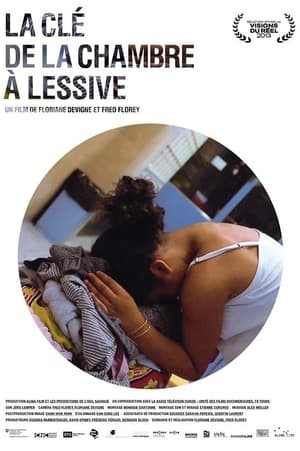 0.0
0.0The Laundry Room(fr)
The key to the communal laundry room in the block of flats on the Rue de Genève 85 in Lausanne serves a much greater function than merely unlocking the door. This encounter between a symbol of typical Swiss mentality with a penchant for order and the tenants who have been housed here by the city’s social services department is not something to be taken for granted. Although the laundry room is normally located in the cellar, the tenants in this building share a tiny laundry room off the entrance hall because the cellar is reserved for prostitution. To maintain order and cleanliness, the landlord hires Claudina, a new “laundry woman”.
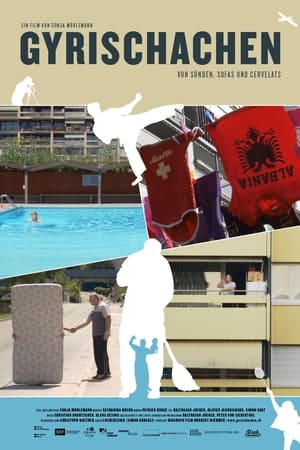 0.0
0.0Gyrischachen - von Sünden, Sofas und Cervelats(en)
A high-rise apartment built in the 1960s provides housing for 2500 people from 42 nations. Separated from the city by a river and bounded by towering sandstone cliffs, everyone attempts to live and survive in their own way. Foreigners who have a go at being Swiss, and Swiss who observe with scepticism. They meet in the corner shop run by an Iraqi living in exile, send their kids to a children’s club managed by a missionary, and old drinking mates meet regularly over a beer in the neighbourhood’s only bar. Despite all the differences, they are rather proud of the fact that they come from here.
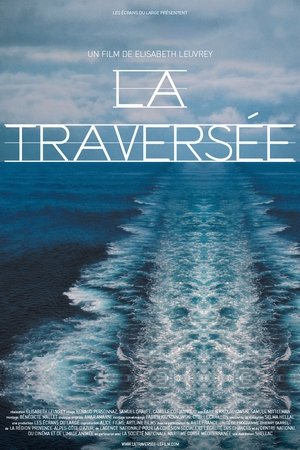 8.0
8.0La Traversée(fr)
Every summer, many people transit by sea between France and Algeria, between Marseille and Algiers. Cars loaded to the hood... packages of all kinds... men loaded with bags and stories. At sea, we are no longer in France and not yet in Algeria, and vice versa. From the singular confines of the boat, in the back and forth and the parenthesis of the journey, the crossing puts back in the heart of the passage these women and men brought up.
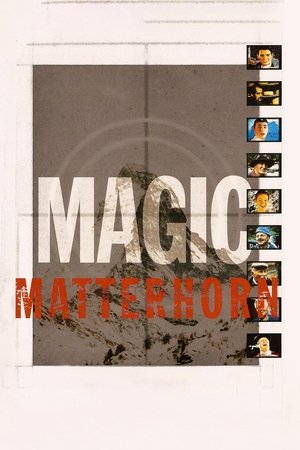 8.0
8.0Magic Matterhorn(en)
A documentary about entertainment and home, filmed in Switzerland and California.
